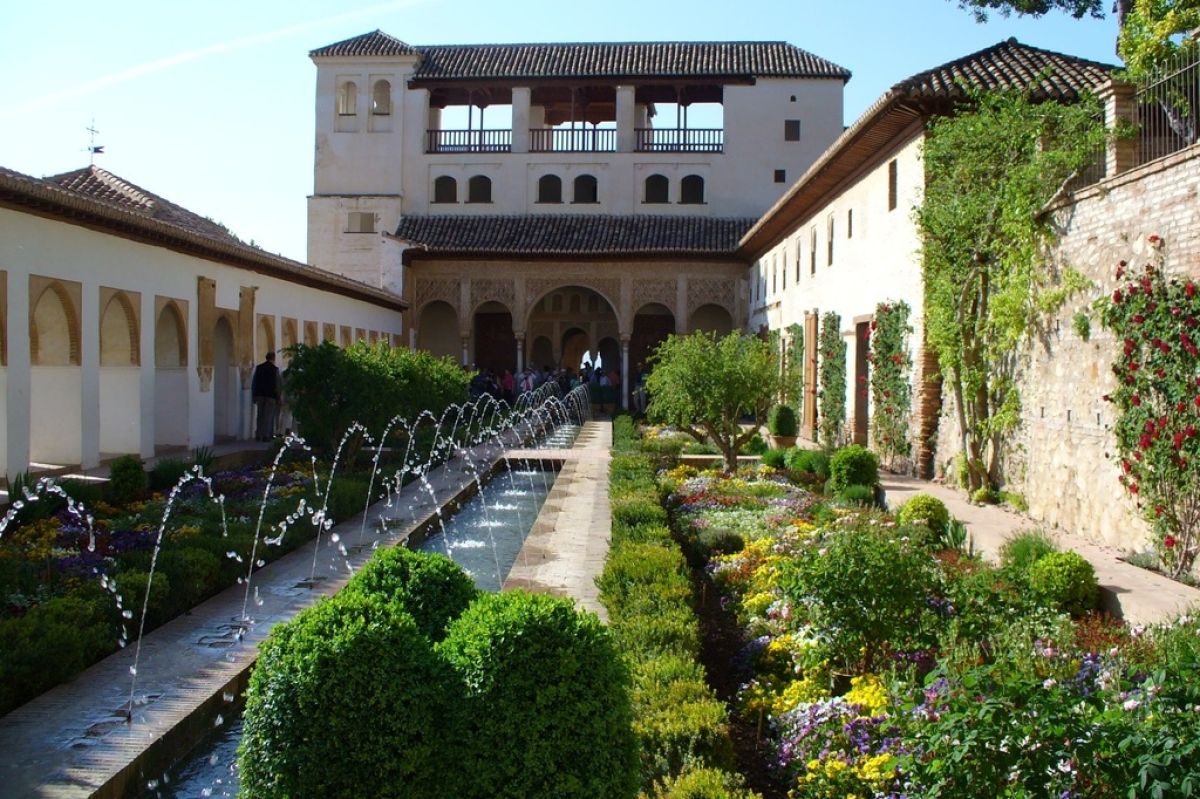In Persia, there were the enclosed and serene paradise gardens. The Moors created sunken gardens, and Islamic crusaders carried their garden practices to the Middle East, Asia, and Africa.
In the Koran, the righteous are assured that those who believe will live forever in the gardens of Paradise, where there are shade trees and fountains and fruits and rivers of water, milk, wine, and honey. The Islamic Crusaders mastered the principles of Persian gardening and carried this knowledge across northern Africa to Spain and east to India. The Alhambra Palace in Spain and the Taj Mahal in India have gardens as a result of this religious crusade.
In the Koran is the statement: “There would be no gardens in this world or rivers if it were not for the gardens and rivers of Paradise.” When religion spreads, so does the practice of gardening.
This is Moya Andrews, and today we focused on the Dark Ages.










